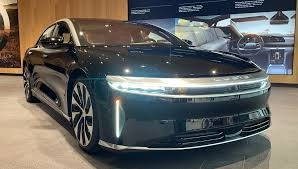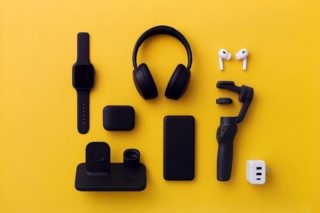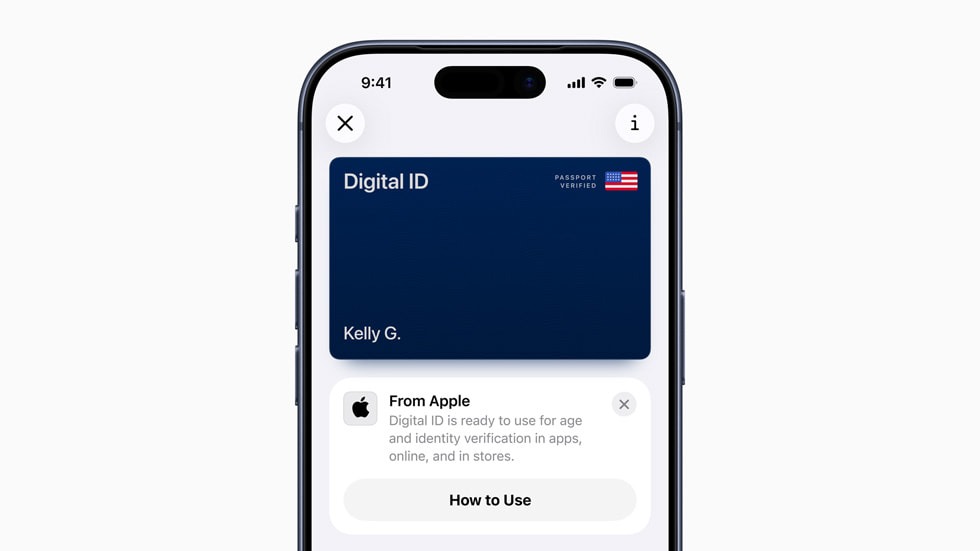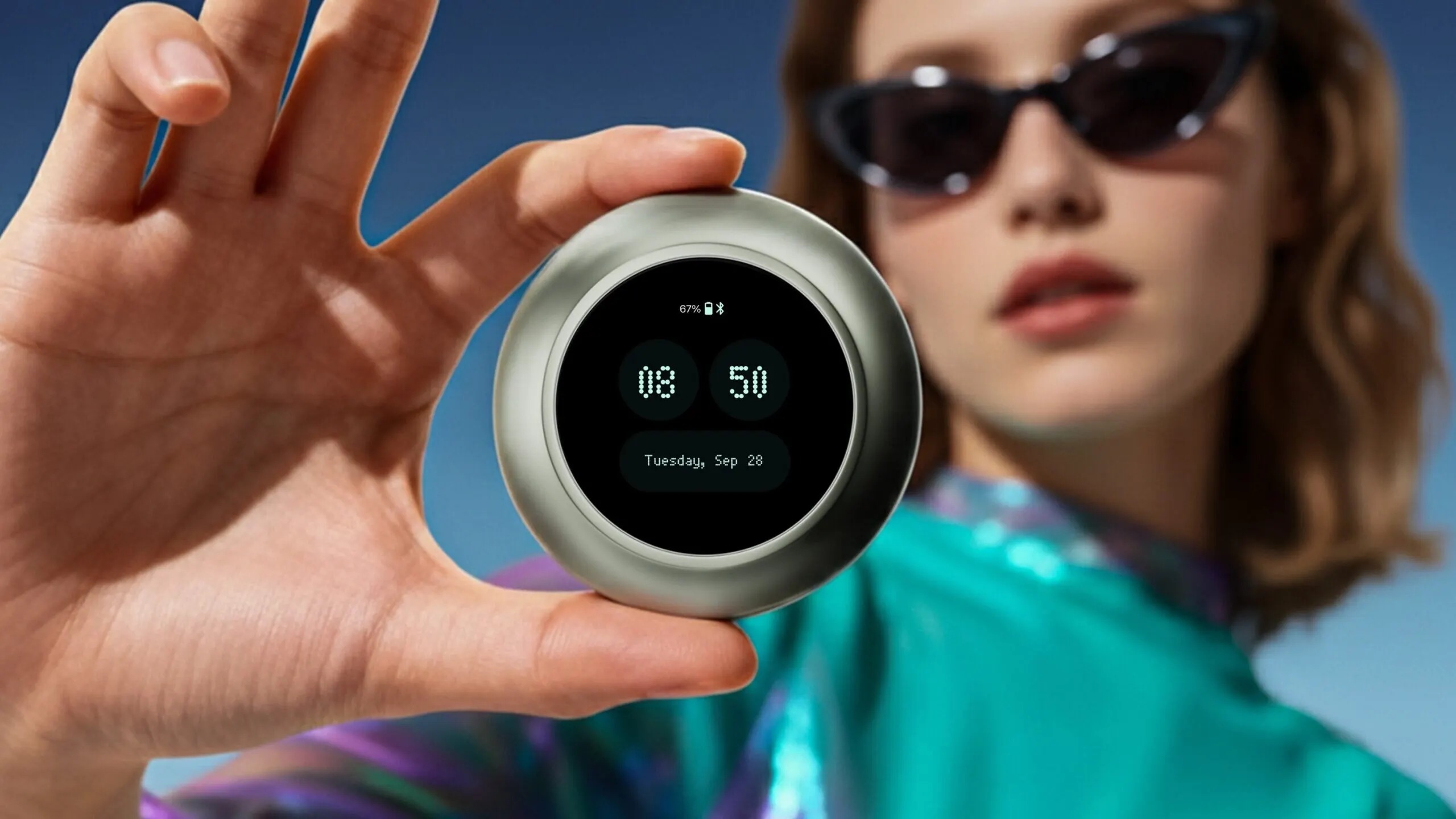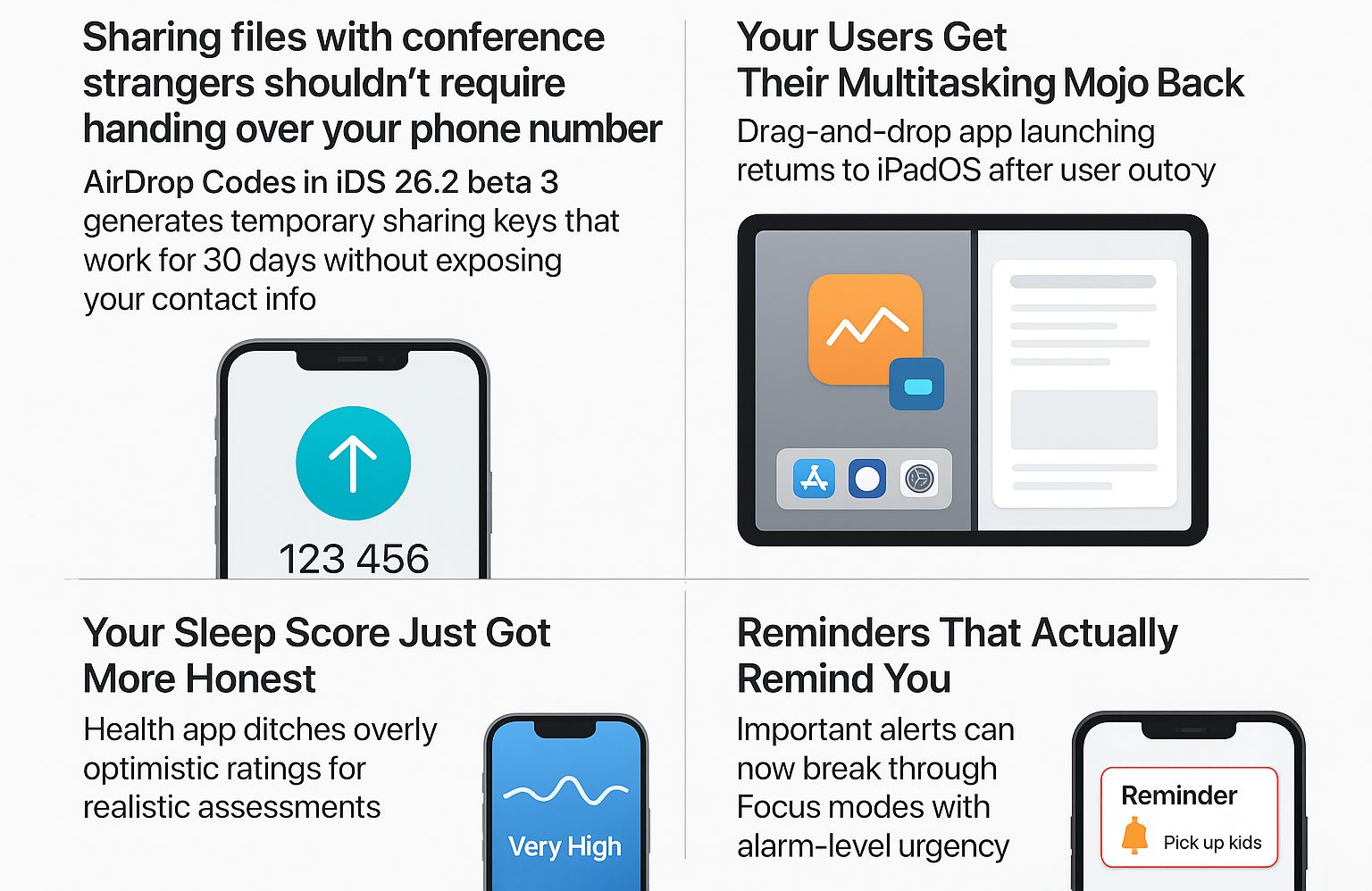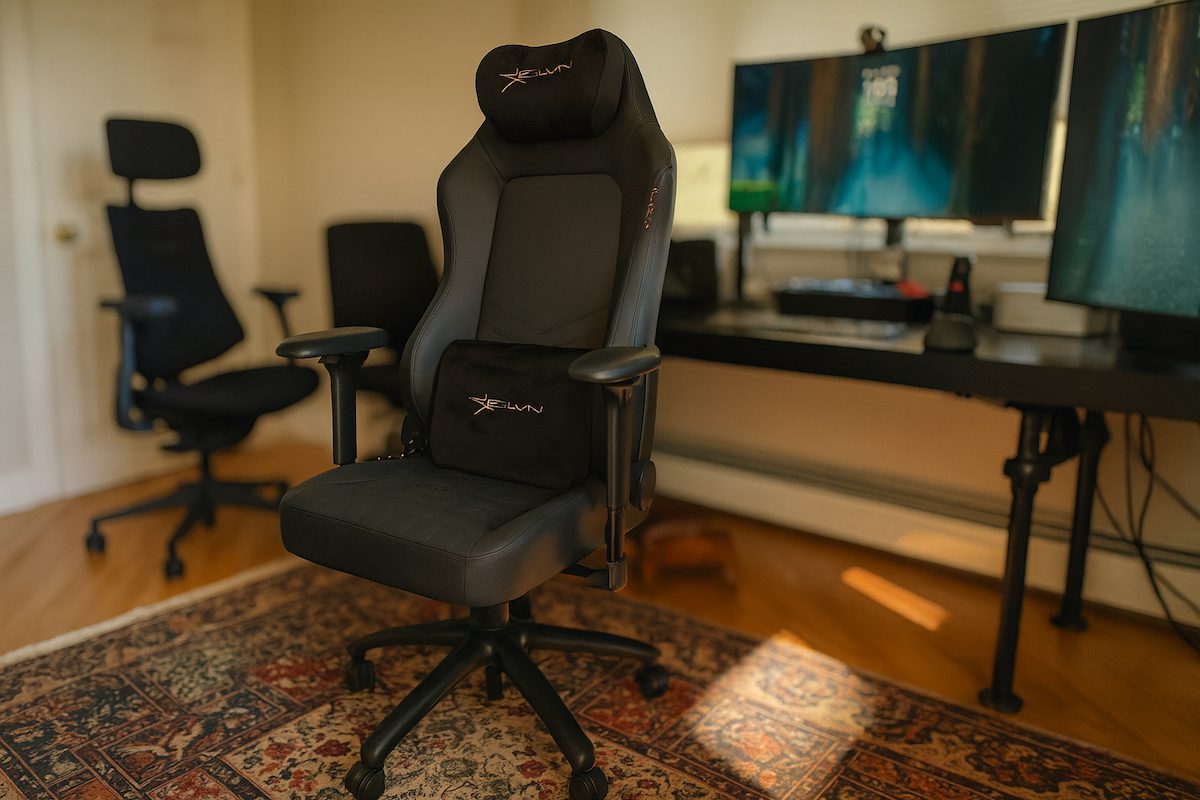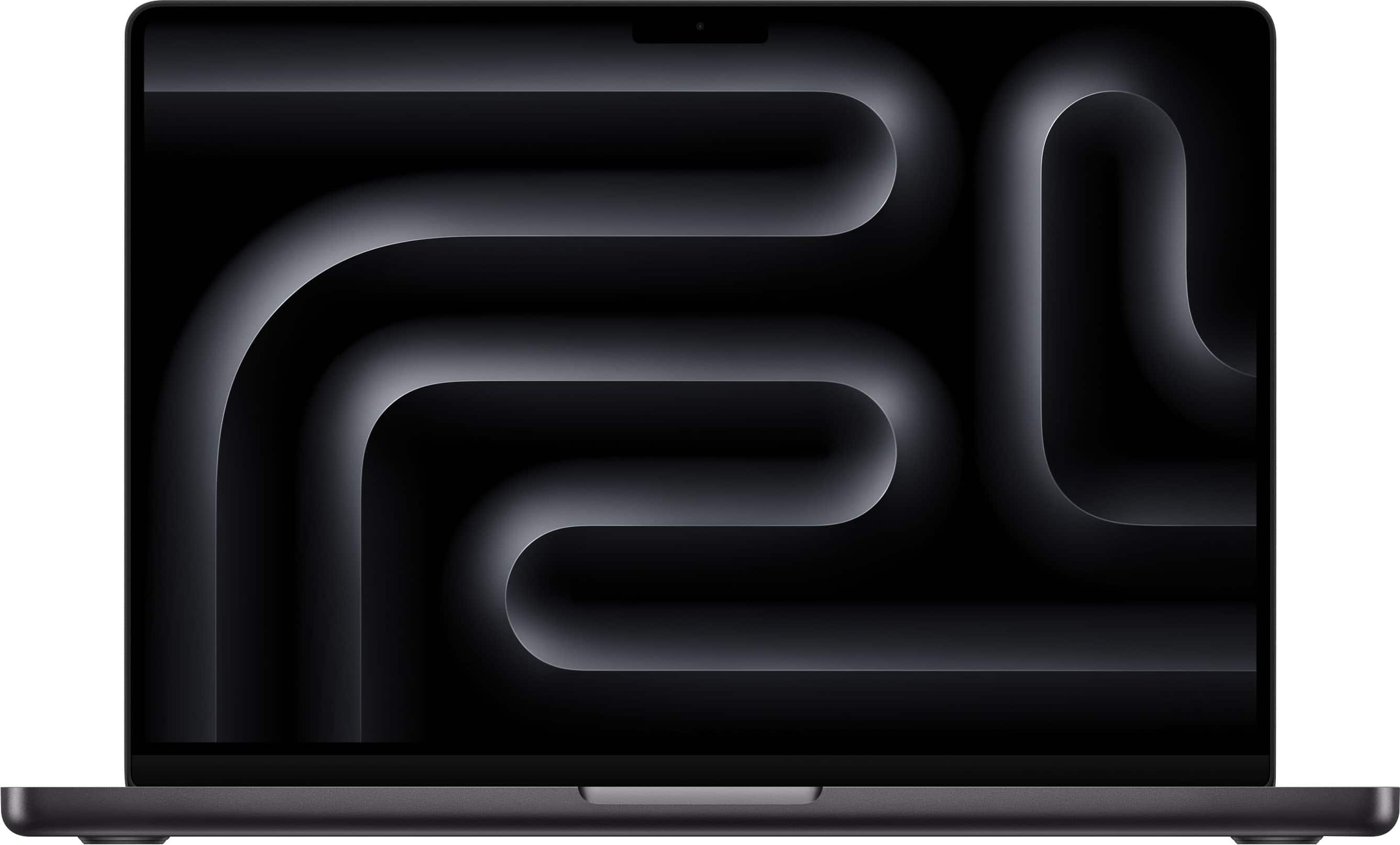Your Porsche’s dealer-installed window tint looks incredible—until Texas state police pull you over for exceeding visual light transmission limits. That ultra-bright Audi Matrix LED system catches every eye on the highway, including law enforcement officers armed with candela meters. Welcome to the awkward reality where luxury car features designed to enhance your driving experience actually increase your chances of getting ticketed.
Window Tint Laws Vary Wildly by State
Legal darkness percentages shift dramatically across state lines, catching luxury owners off guard.
States enforce wildly different tint regulations that make cross-country travel a legal minefield. New York allows only 70% visible light transmission on front windows, while Texas permits 25%—meaning your perfectly legal Manhattan luxury sedan becomes citation-worthy in Dallas. California forbids any aftermarket windshield tinting whatsoever, regardless of what your dealership installed.
Even worse, states like New Jersey treat illegal tint as probable cause for vehicle searches and potential impoundment. Your dealership’s “premium privacy package” doesn’t come with compliance guarantees for every jurisdiction you’ll drive through. Fines range from $150 to $500 per violation, with repeat offenses potentially leading to vehicle impoundment in strict enforcement states.
Daytime Running Lights Push Brightness Limits
Ultra-bright DRL systems exceed federal regulations while attracting unwanted police attention.
Federal law caps DRL brightness at 3,000 candela per lamp, but luxury manufacturers and aftermarket installers routinely push these boundaries. BMW’s Laserlight technology and similar high-end systems create stunning visual impact—and excessive glare that triggers enforcement action. State regulations add another layer of complexity: Texas and California both enforce specific height restrictions and glare limits that luxury DRL setups frequently violate.
Custom colors beyond white or amber guarantee swift citations, turning your car’s distinctive lighting signature into a police magnet. Many owners discover their premium lighting systems fail state inspections, requiring expensive modifications or replacement to maintain registration.
License Plate Concealment Tech Is Universally Illegal
Retractable plates and covers marketed as premium features violate public road regulations nationwide.
Those James Bond-style retractable license plate systems seem like the ultimate luxury tech accessory until you realize they’re illegal on public roads in virtually every state. California, New York, and Texas classify plate concealment devices as attempts to obstruct mandatory vehicle identification, leading to hefty fines and potential criminal charges for repeat offenses.
Even transparent covers or branded frames that obscure any portion of your plate information create citation risk. Multiple state enforcement guidelines confirm that “display only” or “off-road use” disclaimers provide zero legal protection once you hit public streets.
Check your state’s DMV regulations before installing any premium automotive feature, and demand written compliance certificates from your dealership. Consider consulting your dealership’s compliance department before purchasing any luxury upgrade package. The gap between luxury marketing and legal reality is wider than you think—and getting pulled over for your premium features defeats the purpose of owning them.


